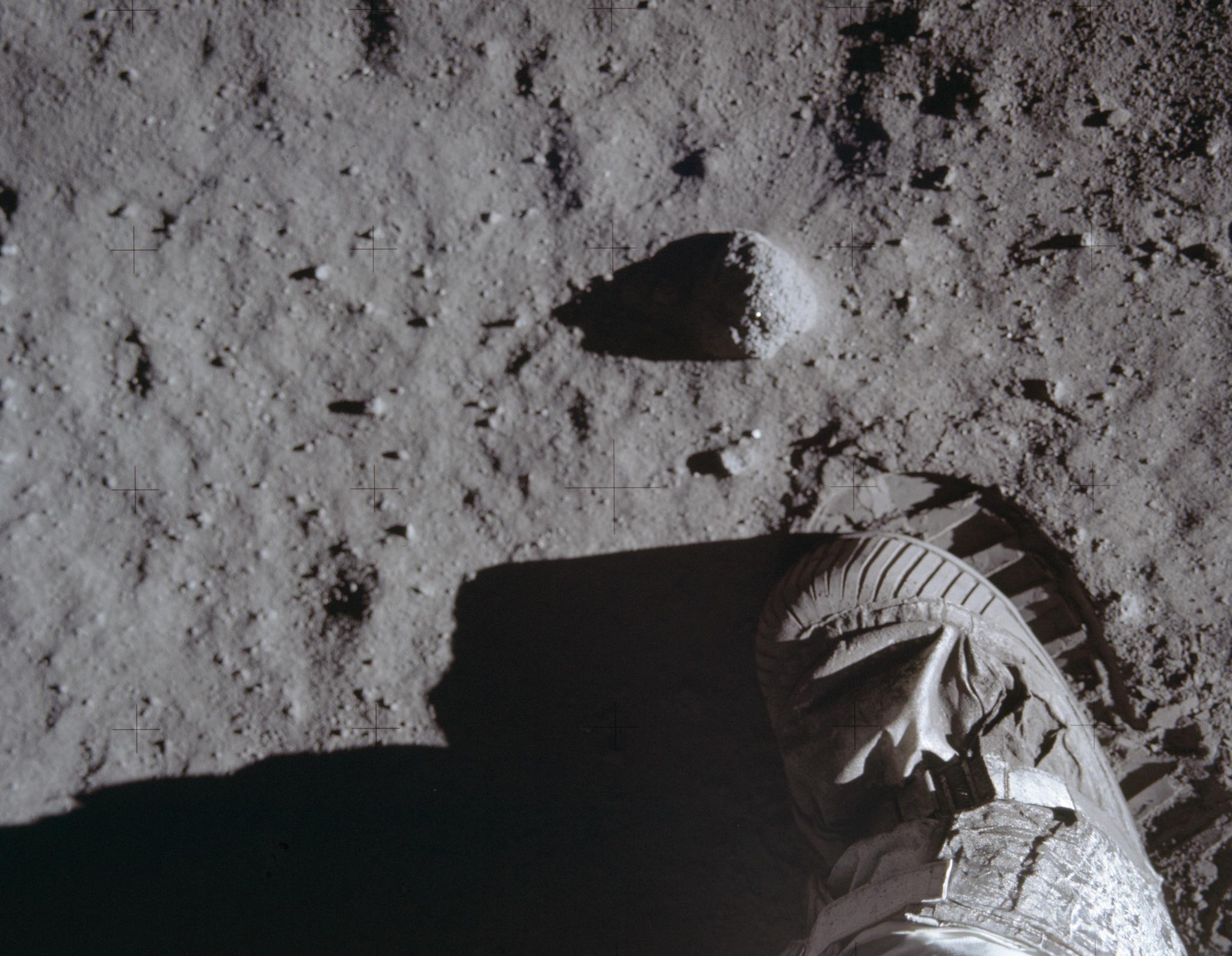Apollo 11 Moon landing: How astronauts gathered the lunar rocks that could reveal our origins
Even picking up the samples while wearing huge suits proved difficult

After the Apollo 11 astronauts made their difficult journey to the Moon and landed on the surface, the work had only just begun. As soon as they dropped down onto the surface, they had to carry out one of their most important missions: scooping up bits of the Moon and bringing it back down to Earth.
The difficulty of doing so was one of the things that occupied the scientists and the astronauts that carried out the mission.
But the fact they were able to was a discovery that helped inform discoveries about the origin of the solar system and perhaps one day of life. Those rocks help inform research even to this day.
When Neil Armstrong and Buzz Aldrin arrived on the Moon, picking up the rocks in the first place proved very difficult. The astronauts were wearing huge pressure suits, which made it very difficult to move around at all and even harder to bend down.
To solve those problems, they were given special tools, not unlike the tongs used to pick up litter back on Earth, as well as rakes . That meant they could scoop up and pick up the rocks without having to contend with the difficulty of getting near the floor.
Before they did grab them, the astronauts photographed the spot where they were found. The photographs were taken next to another tool that was carried up to the moon, which was placed next to the rock and so allowed anyone looking at it to understand what size and colour it was.
As well as the photographs, astronauts had to go through a detailed checklist that was attached to their arms. It reminded them to take full details of the samples, ensuring the scientists on Earth had as much information as they could when the rocks were returned.
The astronauts then took the samples and loaded them into boxes in the lunar module, ready for its ascent stage to take them all back to the Apollo command module and head back down to Earth.
After they came back, scientists got to work examining the rocks. Among other things, they found that the new samples might be the oldest ever held by humanity: some of them are nearly 4.5 billion years old, much older than the rocks on Earth.
Some of the samples are still sealed up, lying untouched and exactly as they were the day they were taken from the Moon.
But they also proved a useful diplomatic tool, too. The US sent out samples of the rock to dozens of different countries, creating 250 "lunar sample displays" that could be sent around the world to various countries.
Each of them had a tiny amount of Moon dust – some 0.05 grams – which came as four little pieces. The presentation boxes also included the flag of the nation that had been sent to them, and included a flag that had been carried to the Moon on board the lander.
They each bore an inscription that made clear that they had been given to the people of the country "by Richard Nixon, President of the United States of America".
"This Flag of Your Nation was Carried to the Moon and Back by Apollo 11 and This Fragment of the Moon's Surface was Brought to Earth by the Crew of That First Manned Lunar Landing," it said.
Join our commenting forum
Join thought-provoking conversations, follow other Independent readers and see their replies
Comments
Bookmark popover
Removed from bookmarks